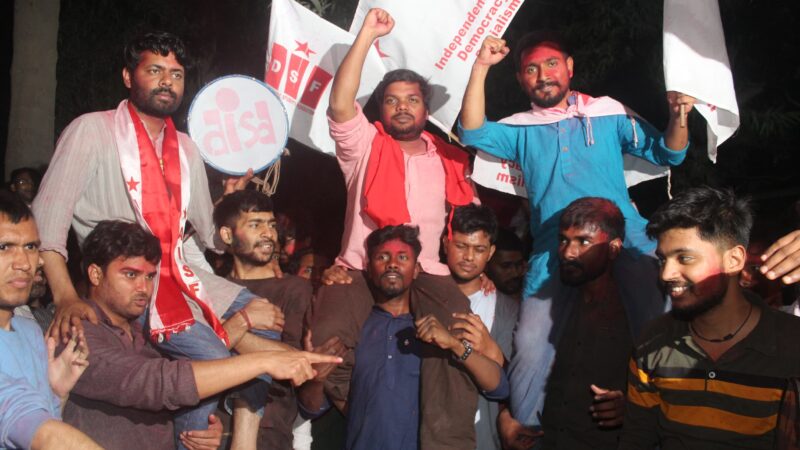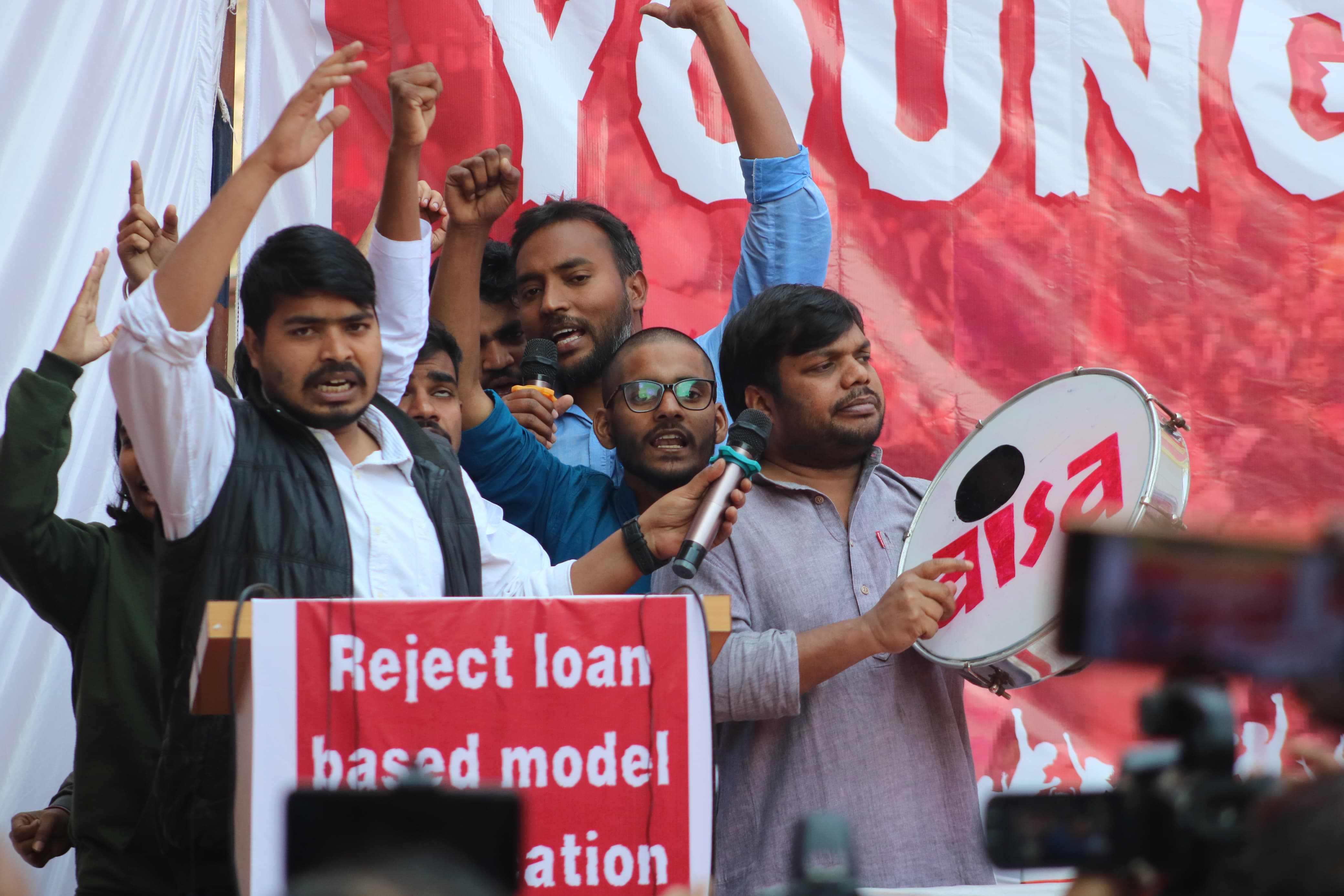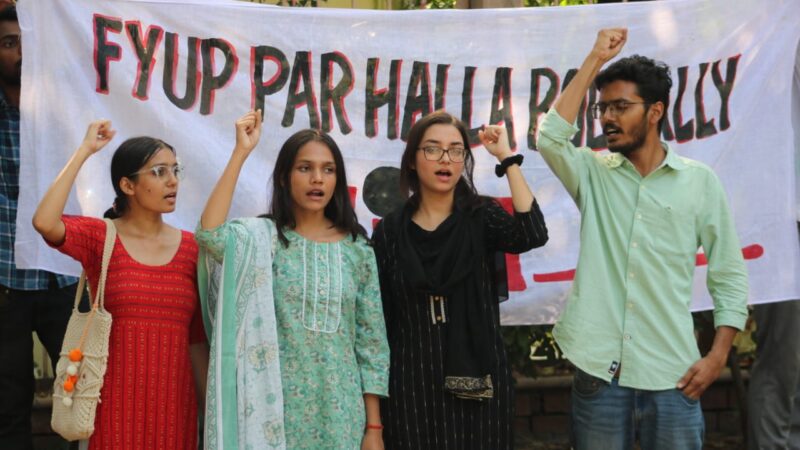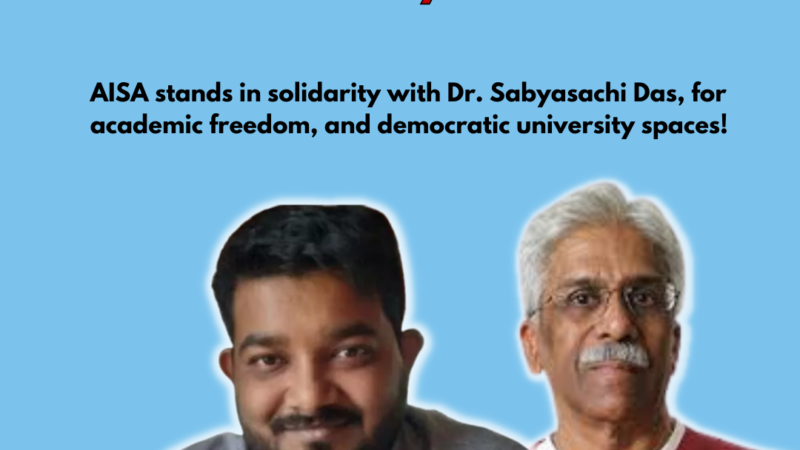Pollution is for Everyone, But Victims are the Commoners!!
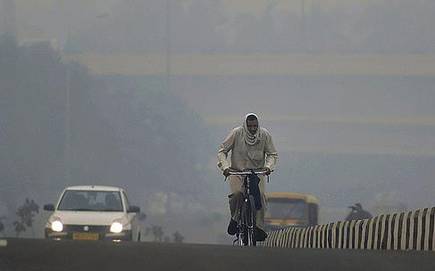
Autumn arrives Delhi with its signature—hazy sky, rising pollution, smoggy atmosphere; and sooner, with the first stroke of the winter, Delhi’s air becomes heavily loaded with polluting particles. Right after Diwali the situation becomes worse. This year also has been no different—N 95 masks have already made their place on the faces of those who walks on the streets, travel for their daily livelihood and so on.
Every year with the sky getting hazier, the media headlines cry foul about the stubble burning in nearing states of Punjab and Haryana as the chief reason of Delhi’s early winter pollution. Stubble burning is only one among the various factors that give rise to Delhi’s pollution. To corroborate stubble burning and henceforth the farmers of Punjab and Haryana as the culprits of Delhi’s pollution through mainstream media is a heavily misplaced narrative, and, of course an easy one to peddle.
Stubble burning is only a transient phenomenon and Delhi’s air quality remains poor almost throughout the year, with more aggravating in the winter. There are reasons, much deep rooted, as far as Delhi’s air pollution is concerned.
THE PHENOMENON OF TEMPERATURE INVERSION:
Delhi, along with other parts of the Gangetic plains, witness smog over their skies, reasons of which are attributable to seasonal weather conditions and presence of pollutants in the air. Temperature starts decreasing during mid-autumn and the air near the ground stays cooler. This leads to a layer of warmer air settling above the cooler layer below—the inversion effect. This inversion effect hampers in the dispersion of the cooler air vertically. This is because cooler air is heavier and the warmer air layer above it makes it impossible to disperse off. Failure of the vertical dispersion of the cooler air makes the pollutants already present in the air also settle near the ground.
Oppositely, in summers, the air near the ground also becomes warmer with the temperature. The hot air no more settles near the ground and disperses easily. With this dispersion, the pollutants also don’t get settled near the ground during summers. Despite lesser pollutants visible in summers, it is no way to perceive that the air is free of pollutants.
The differential climatic conditions in winters and in summers are the primary reason of visible winter smog.
DELHI’S POLLUTANTS
The main contributor of Delhi’s pollutant is the vehicular emissions, especially the emissions from the diesel engines. Construction, road dust, industries, coal and wood burning in brick kilns, homes and eateries also contribute no lesser to the pollutants. These pollutants stay year long in Delhi’s sky—stubble burning happens during October-November only and that is very much transient. No doubt, stubble burning is a contributory factor to the air pollution, but it is only a part of the larger pollution causing agents.
The stubble burning this year, according to TOI data has lessened (by about 43%) in comparison to previous years. But this year also Delhi saw no respite from the smog even before the arrival of the winter in full swing.
The central pollution control board’s national air quality monitoring programme (NAMP) brings out data that show a clear trend of increasing level of PM 2.5 and PM 10. The data shows that the annual average of PM 2.5 has been increasing 2-3 times above the standard mark 40 micrograms per cubic meters.
The average increase in the PM values show nothing but an increase in the local round the year emission level. Stubble burning, of course, is a contributory factor in it, but can’t be considered the only reason as portrayed by media.
Diwali, the festival hyped as the festival of light, contributes to the owe of Delhi’s pollution with the massive burning of crackers within few hours. With the temperature inversion in place, huge crackers burnt in a day creates a heavy load to the air above and for which we all get the day long smog for several days.
STUBBLE BURNING AND GRREN REVOLUTION:
Stubble burning restricted to Punjab and Haryana is not a traditionally practiced phenomenon. This can be linked to the green revolution and an extensive mechanization of farming afterwards. Paddy, not cultivated traditionally in Punjab and Haryana has made its way into the farming pattern of these regions after the green revolution. Wheat was the crop traditional crop here. During September-October the paddy stubble has to be removed from the ground to make it ready for sowing wheat, which is a winter crop. The stubble remained in the fields is due to the use of mechanical tools in harvesting of paddy. Using these tools would leave paddy stubble of length of about a foot and a half. Whereas, the traditional way of harvesting would leave stubbles of only few inches long which can be easily ploughed while making the field ready for the next round of cultivation. To remove the long stubbles from the filed would cost the farmers heavily. The farmers choose the easy way out—setting the stubble on fire. Government apathy to give farmers subsidies in dealing with the stubble has left the farmers with no choice but to set them on fire.
COMMONERS ARE THE VICTIMS OF POLLUTIONS:
The sky is for everyone, but a polluted one hampers the common people more. Who has to walk on the streets inhaling the pollutants into their lungs? Who has to spend nights under a polluted sky? The answer is blowing in the air.
Delhi government has ordered an immediate ban on the undergoing construction works when the pollution level rose to an alarming high. But the construction workers with several days of remaining without works are severely affected. Majority of these workers are migrants from other states and don’t have any other means of their livelihood. Also most of them are on daily wage basis. Under these circumstances the government is ought to give some compensation to the construction workers who are left off their livelihood. But such act of sensitivity is not visible anywhere.
With the pollution trauma in the city the air purifiers come into demand. But how many could afford an air purifier installed in their houses? One air purifier costs several thousand—which can be afforded by only the upper middle class and the elites.
To support AISA, Click here to donate.
